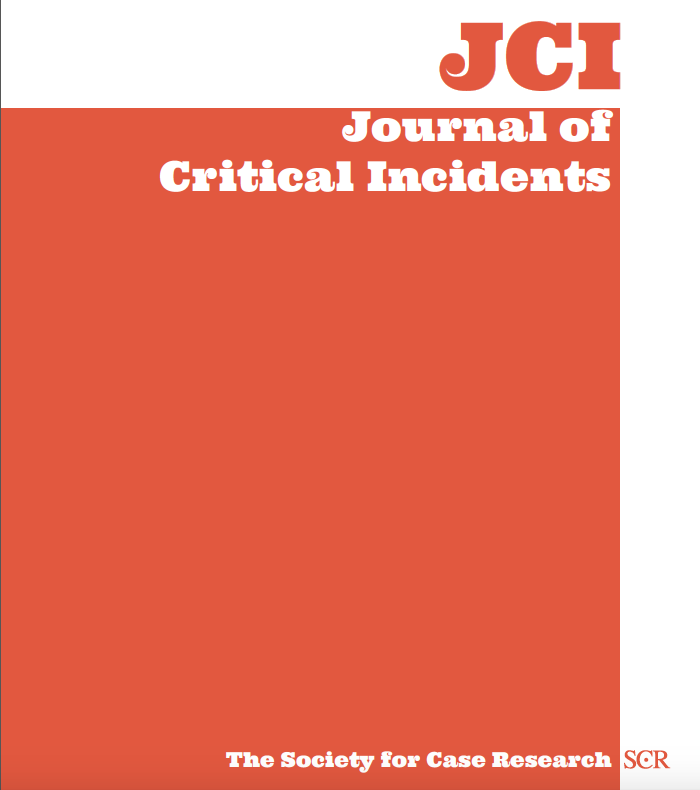Credit Union's Office Operating Expense Ratio?

John, a long-time board member at Midwestern Community Credit Union (MCCU), noted in one of his financial reviews that MCCU’s operating expense ratio was substantially higher than those of peer credit unions. Examination revealed that MCCU had recently taken some key steps to bring this expense ratio down. Other causes of the higher expense ratio were structural, involving fixed costs that could not quickly be changed even if Midwestern had chosen to do so. For example, MCCU had two more branches and seven more automated teller machines than the average for similarly sized credit unions. While operating these branches and ATMs added to the expense ratio, they also gave members better service; and in part, were results of expansion opportunities. Moreover, MCCU remained financially strong with respect to profitability and capital. Still, John wondered, should there be any concern with MCCU’s office operating expense ratio?
- Explain interest-rate risk for a depository institution such as a credit union
- Critically evaluate the revenue and cost conditions of a credit union
- Apply the concepts of variable, fixed and marginal cost to a depository institution such as a credit union
- Analyze the performance of the credit union
